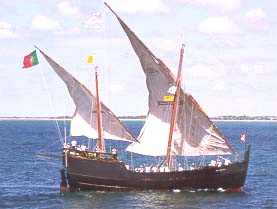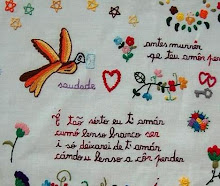
and the sweets, "pastry temptations" where the "yellow" is the king! (my cholesterol! ouch! :P)

 We also eat lots of chocolates, mostly chocolate eggs and the chocolate almonds with different colours and flavours. My favourites are those powdered with icing sugar and cinnamon: we call them "Ceilão"(Ceylon) almonds, which is the former name for Sri Lanka (you can guess why we call them Ceilão...)
We also eat lots of chocolates, mostly chocolate eggs and the chocolate almonds with different colours and flavours. My favourites are those powdered with icing sugar and cinnamon: we call them "Ceilão"(Ceylon) almonds, which is the former name for Sri Lanka (you can guess why we call them Ceilão...)And of course, last but not the least, as Christians we "open the door" to the priest who starts by saying "Jesus Christ resurrected!Alleluia! Alleluia!" and sprinkles holly water at the people (sometimes you really take a bath! :P) and then gives us the crucified Christ so that we can kiss His feet or His face (you choose! :P).

Of course you pay for this short "visit": we gave the priest a sealed envelope with our family name written outside and with 60 euros inside, because the Church would never EVER do anything for his followers without charging them ("you give what you want, but usually people give us not less than 20 euros"---HYPOCRITES! ( my critics to the Catholic Church are endless...I´ll leave them for some other time and space...the only good thing about the Church is that she preaches God´s word, His teachings and keeps the memory of Christ alive. The Institution itself is...I don´t even know what to call it!)













